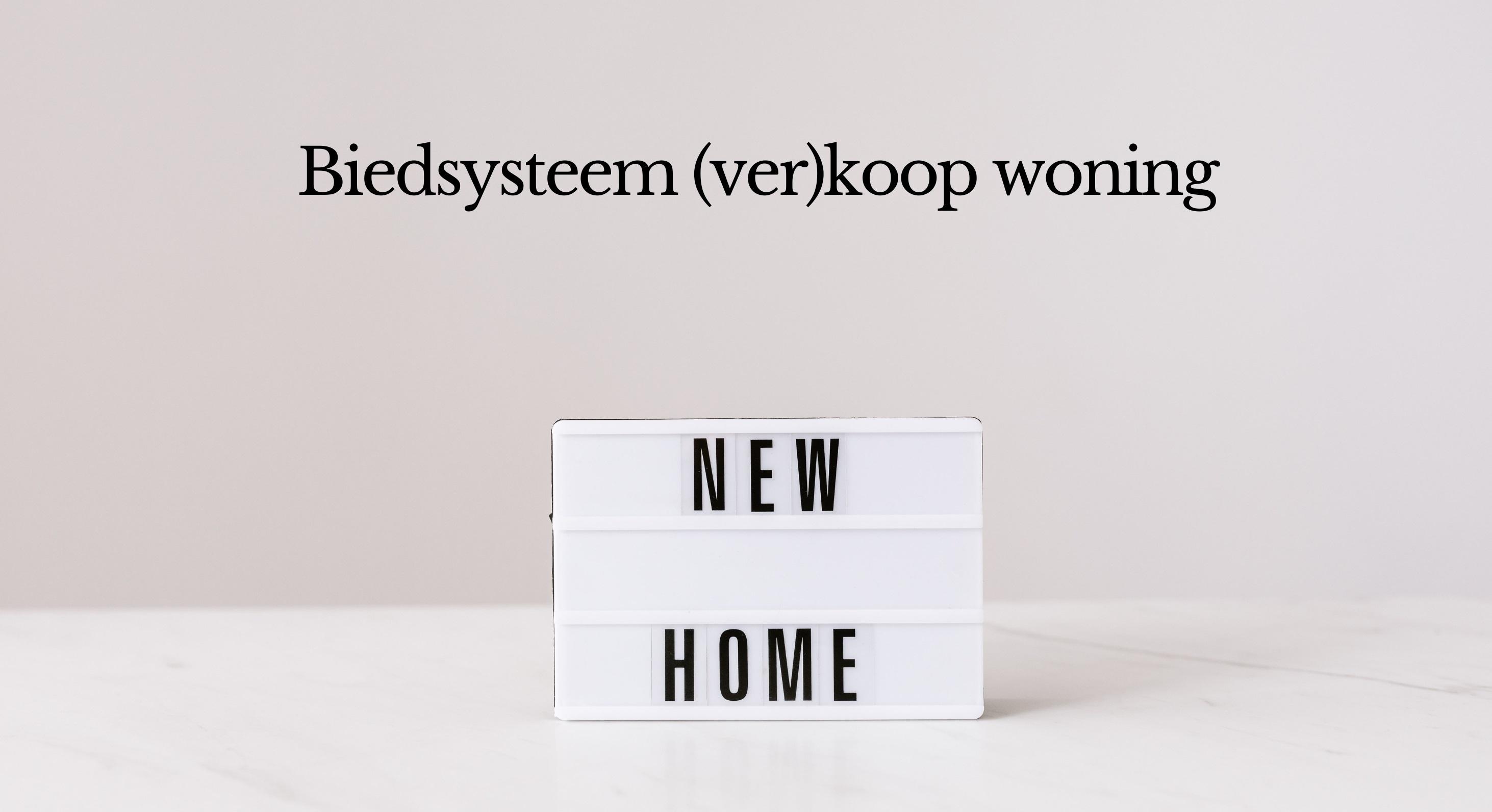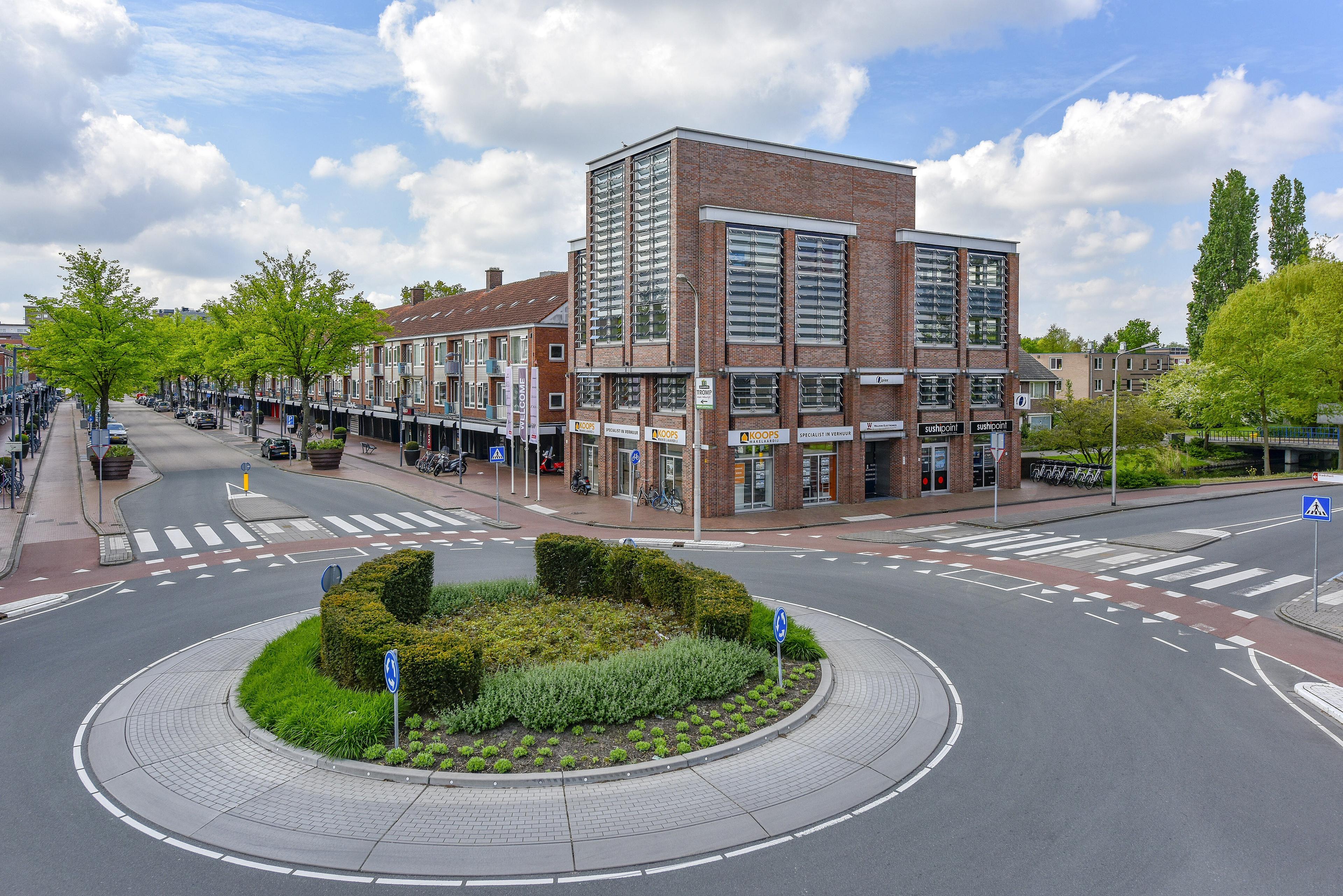When buying or selling a property, you inevitably come into contact with a bidding system. This system sets the ground rules for the sale. Many people find this confusing, as there are several bidding systems and they can sometimes even change during the sales process. How exactly does it work?
1. Sale by tender
Sale by tender is a method where all interested buyers are invited to make their final bid for a property once, without any negotiations taking place. This bid must be submitted in writing before a set date and time. This is usually done through the selling estate agent or notary, and nowadays often digitally.
When selling by tender, each bidder can make only one final offer, including any conditions, such as financing reservation or an architectural inspection. The seller then reviews all bids at the agreed time and chooses the most favourable offer. This can be the highest bid, but also a bid with the best conditions for the seller, such as a quick transfer or a bid without resolutive conditions.
This process is transparent for the seller, as all bids are considered at the same time, but for the buyer it can be a bit more exciting, as there is no possibility to negotiate or know the bid of others.
2. Sale through the Haarlem bid system (A)
Bid system A, also known as the Haarlem bid system, is a method for selling a property where the first serious bidder is given a special position.
How does bid system A work?
- First bidder: Once a potential buyer is the first to make a serious bid, this buyer is given the status of ‘first bidder.’ This bid can be made verbally or in writing.
- Other interested parties: During the negotiation with the first bidder, other interested parties can continue to view the property. These people are informed that there is already an opening bid from the first bidder, but the exact amount and identity of this person are not shared.
- Bids from others: Other interested parties can submit their final bid once, including any resolutive conditions, such as financing conditions. However, the first bidder remains in a strong position until negotiations are concluded.
- Final sale proposal: The selling broker discusses the various bids with the seller. The first bidder then receives a final proposal to buy the property. If the first bidder agrees, the sale is closed.
- Rejection of first bidder: If the first bidder does not agree to the sale proposal, the seller is free to negotiate further with one of the other bidders and complete the sale with them.
Bid system A thus gives the first bidder a clear negotiating position, but at the same time it gives the seller the flexibility to consider other bids if the first bidder drops out.
3. Sale through the Amsterdam bidding system (B)
Under the Amsterdam bidding system, negotiations only start when the seller makes a counter-proposal. During these negotiations, there are no discussions with other bidders, although viewings can still take place. If there are more interested parties, they are told that the seller is negotiating. They may make an extreme offer once, but the seller can only negotiate with them if talks with the first bidder break down.
A second interested party may make a better offer than the first bidder. In that case, the first bidder gets the chance to improve its offer. Only if both parties fail to reach an agreement, the seller is free to proceed with another bidder.
Before you start looking for a house, it is wise to have a conversation with a mortgage advisor. This will immediately give you a clear picture of your financial options. This will help you focus your search for a home that fits your budget.



